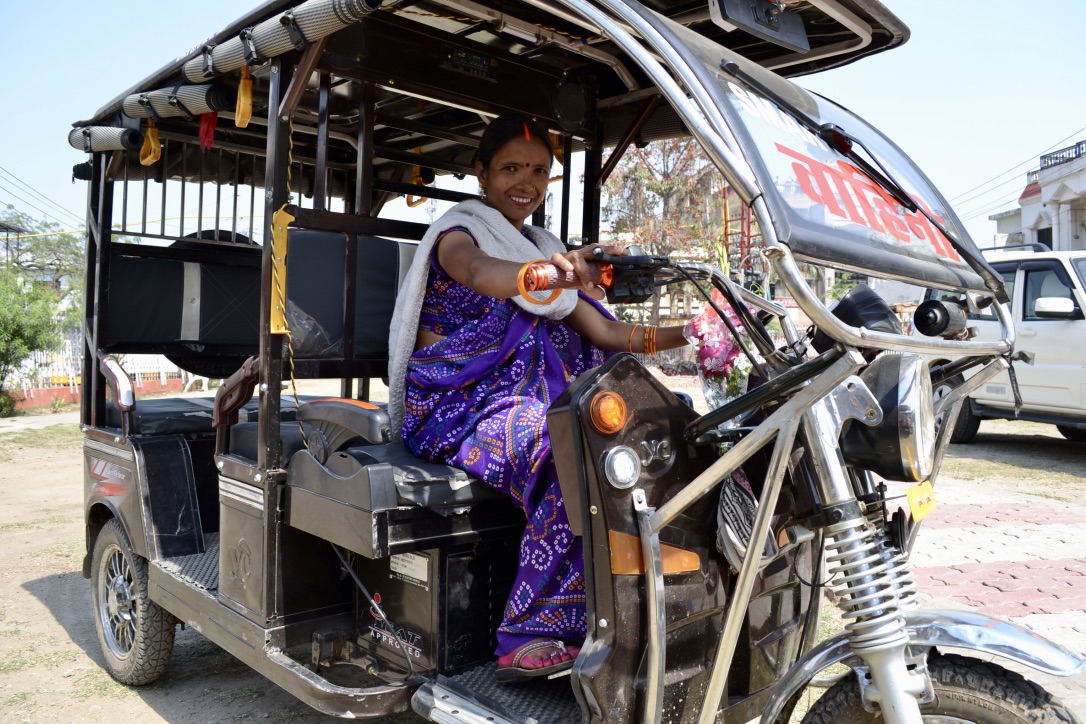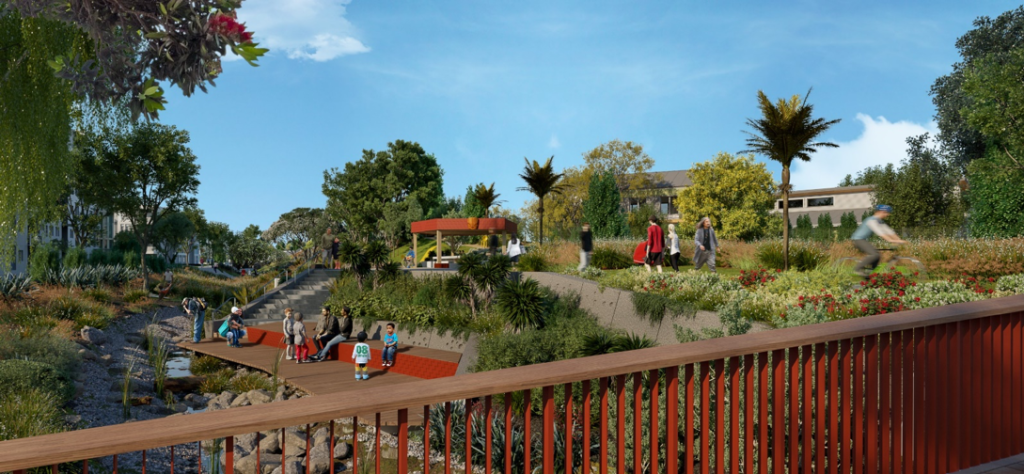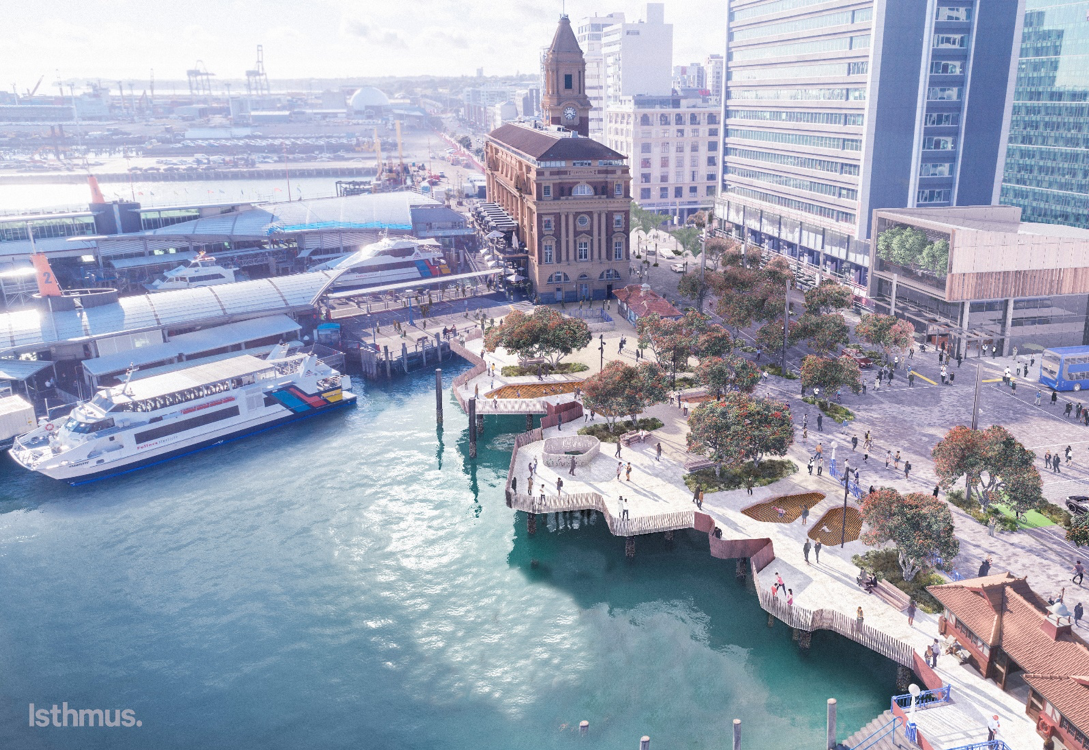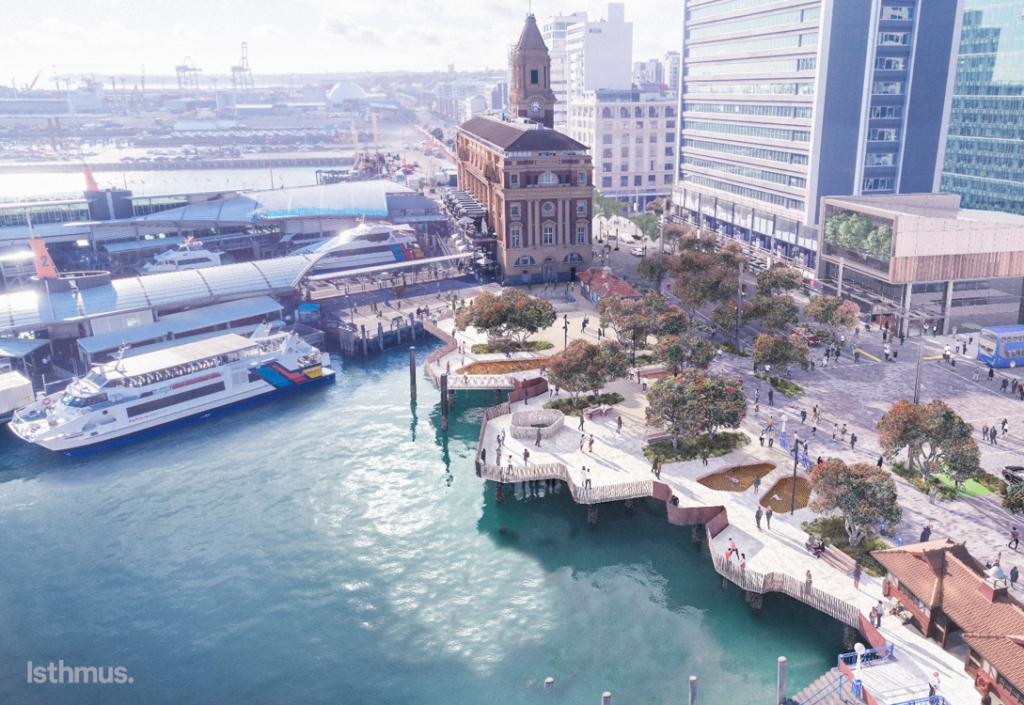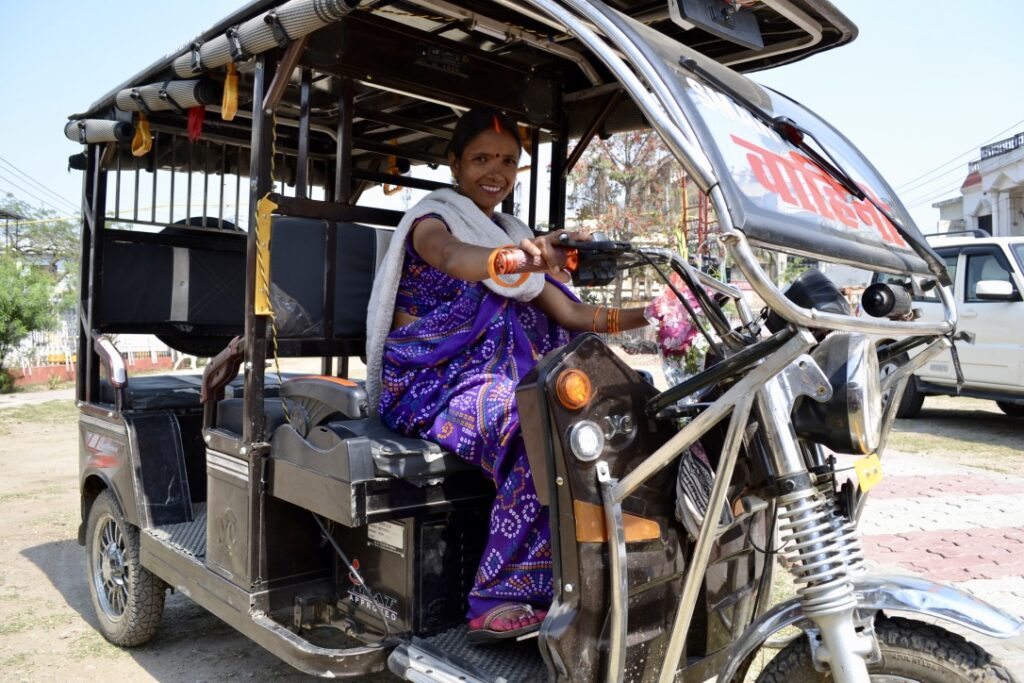
Electric Rickshaw Pioneers Smash Gender Barriers in India
CROSS-CUTTING SECTORS
Climate, Resilience, Financing, Transport, Gender, Health, SDGs
ORGANISATION(S)
SMV Green
PROJECT OVERVIEW
10 million cycle rickshaw drivers in India work in difficult conditions for minimal pay. They must also spend a big chunk of their income paying expensive rickshaw rental fees. The alternative, auto-rickshaws, are also expensive for drivers to rent, and although the work is less physically demanding, they are polluting and noisy due to their diesel and petrol engines. Many women in socially conservative communities have been blocked from driving rickshaws, leaving them with few opportunities for employment other than domestic work.
Social enterprise SMV Green aims to eliminate the drudgery of cycle rickshaw work by helping drivers switch to electric rickshaws (e-rickshaws). It provides a ‘one-stop-shop’ for drivers that covers financing, vehicle supply, licensing and permits, money management training, road safety training, and after-sales service.
SMV’s radical Vahini programme has trained some of India’s first woman rickshaw drivers, creating secure incomes for them and improving safety and security for their female passengers. SMV Green is currently active in Varanasi, Prayagraj (formerly known as Allahabad), Lucknow and Patna.
Click here to find out more.
RELEVANCE TO THE CALL TO ACTION ON SUSTAINABLE URBANISATION ACROSS THE COMMONWEALTH
These examples have been chosen because of their relevance to the Call to Action, as shown by the direct quotes provided below. To view the Call to Action click here.
- “Cities are a major source of greenhouse gas emissions and where the impacts of climate change are experienced acutely.”
- “Well managed cities are drivers of economic development, centres of innovation and entrepreneurship, and sources of trade and employment that are vital for the livelihoods of their citizens.”
- “This will help ensure that cities are properly equipped to deal with the challenges of climate change and rapid urbanisation, to reduce risk and vulnerability, inequality and informality, while promoting inclusion and capitalising on the opportunities presented by agglomeration to promote social, economic and environmental well-being.”
THIS EXAMPLE HAS BEEN PROVIDED BY
SMV Green: https://www.smvgreen.com/
